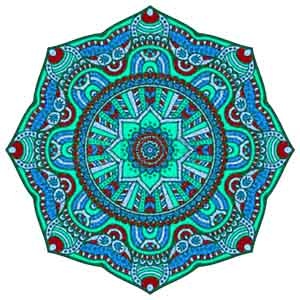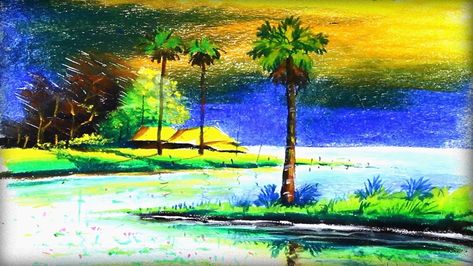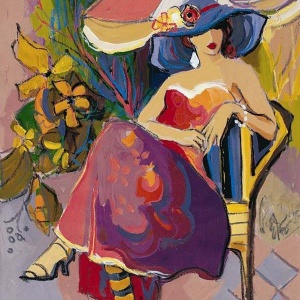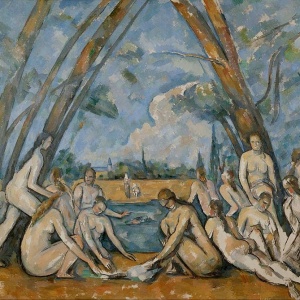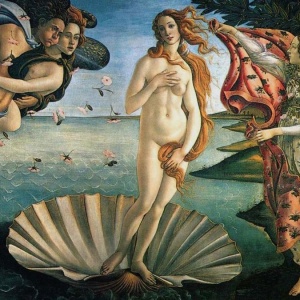Description
Nature Village
Painting type:
Pastel drawing
Size:
75cm x 100cm
Note:
Unframed painting!
Info:
What is Nature Village? A village is a compact human settlement, larger than a village but smaller than a city (although the term is often used to describe small towns and villages), with a population ranging from a few hundred to a few thousand. Although villages are often found in rural areas, the term urban district is also used in some urban areas. The villages are usually permanent, with fixed settlements; however, passing villages are possible. Moreover, the village houses are very close together, not more scattered over the country, like a scattered area.
In the past, villages were a common form of community in subsistence farming, as well as other non-agricultural communities. In Great Britain, the village received the right to be called a village while building a church. In many cultures, towns and cities were few, and only a few people lived in them. The Industrial Revolution attracted large numbers of people to work in the mills and industries; The concentration of the people caused many villages to grow into cities and towns. This has also enabled craftsmanship and craftsmanship, as well as the development of many businesses. The trend of urbanization continues, though not always with regard to industrialization. Historically, homes were socially protected and protected, and the land around the settlements was cultivated. Traditional fishing villages were based on artistic fishing and are close to fishing grounds.
Villages around the world and their surroundings can vary greatly from country to country. A few examples:
Most Pakistanis live in rural areas. According to the population of 2017 approximately 64% of Pakistanis live in rural areas. Many rural areas in Pakistan tend to be close to the cities, and are located in urban areas, This is due to the definition of rural Pakistan which is an area that does not enter within the urban boundary. The village is called dehaat or gaaon in Urdu. Pakistan’s rural life is marked by exchange relations.
In the urban areas of the Philippines, the term “valley” often refers to private divisions, especially fortified communities. These areas appeared in the middle of the 20th century and were originally home to elite urban dwellers. That is common in many parts of the world, and its citizens have different levels of leadership.
Such villages may be accompanied by barangay (the country’s basic government agency, also polished as a village), or privately owned. Barangays are closely related to pre-colonial villages; the chairman (formerly the village datu) now resolves administrative, social, and political matters or directs the area even though he has less authority and respect than Indonesia or Malaysia.
Selo is a Slavic word meaning “valley” in Bosnia and Herzegovina, Bulgaria, Croatia, North Macedonia, Russia, Serbia and Ukraine. For example, there is a cell (plural cell) called Novo Selo (New Village) in Bulgaria, Croatia, Montenegro, Serbia, and Northern Macedonia. Another Slavic name for the village is ves (Polish: wieś, wioska, Czech: ves, vesnice, Slovak: ves, Slovene: vas, Russian: весь). In Slovenia, the word selo is used for small villages (less than a hundred people) and languages; the Slovenian word vas is used throughout Slovenia. In Russia, the word ves is old, but it is often found in local literature and names, such as Vesyegonsk.
In Italy, villages are scattered throughout the country. No official description of the village exists in Italian law; however, an area inhabited by less than 2000 people is often described as “village”. Usually, Italian villages that are part of a municipality are called frazione, and the village that occupies the seat of the municipality is called paese (city) or capoluogo.
We hope that you enjoy reading the article about Nature Village.
